Scientists, environmentalists, young people concerned about their future, all observers of climate change have been shouting it for years. Political inaction and pusillanimity in the fight against climate change are leading us straight to an unliveable world. What is less well known, and has just been revealed by an international study published in the prestigious journal Nature, is that climate inaction has a huge economic impact that has never been measured before. Researchers estimate that its cost is comparable to that of the current pandemic, which would recur every year until 2100. In other words, the predicted climate disaster would be coupled with an irremediable economic catastrophe. This is food for thought for all leaders tempted by Gribouille's policy.
A team of Chinese, American and Swedish researchers have joined forces to make a titanic calculation: what does the cost of the measures that should be taken to bring global warming below the 1.5°C mark established by the Paris Agreement represent? One question and another, in mirror image: What would be the cost if we don't implement these measures, and let the climate continue on its path, as usual ?
A simple but abyssal equation
The results of their calculations have just been published in the journal Nature, and they look like a bomb.
Their equation is simple but abyssal:
The cost of action to curb global warming is in the range of $16 trillion to $103 trillion for all G20 countries by the end of the century. Stopping global warming would thus require the world's 20 richest countries - which are responsible for 80% of global greenhouse gas emissions - to spend $200 billion to $1,287 billion a year on mitigation and adaptation. This is equivalent to 0.2 to 2% of their combined annual gross national product.
Doing nothing would cost them about ten times as much: between 1,900 and 10,000 billion dollars a year, the equivalent of 2 to 12% of current world GNP.
This figure would represent the cost of the current coronavirus pandemic, which is already putting the world's economy on the ground, but a cost paid annually by the G20 countries. A pandemic is already a lot; a pandemic like Covid-19 that would strike every year is untenable, even with all the currency boards of the world spinning day and night.
A Thousands of Billions of Dollars of Fighting
The main objective of the fight against climate change is to prevent, before the end of the century, the global average temperature from rising by 1.5 to 2°C above pre-industrial levels.
One of the measures agreed to achieve this is to reduce greenhouse gas emissions through the submission of nationally determined contributions (NDCs), i.e. targets that should be increasingly ambitious.
However, with current emission reduction data, the 1.5ºC limit will be reached not by the end of the century, but between 2030 and 2052, according to the latest Special Report of the Intergovernmental Panel on Climate Change (IPCC). For the experts, efforts with substantial economic investments are needed to close the gap in the increase of emissions. Otherwise, inaction will lead to greater economic losses, not to mention irreparable damage to the planet and the survival of living things.
“Climate change can lead to global catastrophe; therefore, if countries do not improve their actions to meet climate targets, the damage will occur that will lead to significant economic losses and affect future economic development," says Yi-Ming Wei, lead author of the study and researcher at the Energy and Environmental Policy Research Center of the Beijing Institute of Technology in China.
The study published in the journal Nature presents an analysis of possible economic losses caused by "unavoidable climate damage". According to this study, if countries were unable to implement their current commitments, the entire world, not just the G20 countries, would lose between $150 trillion and $792 trillion by 2100.
It should be remembered that we are a long way from reducing greenhouse gases; according to the NGO Climate Action Tracker, the climate strategies currently being deployed tend rather towards at least 3°C of global warming.
An insurmountable investment?
To limit the rise in temperatures and reduce emissions, countries will have to bear an immediate cost, so that initially the net income of nations would be negative. Some countries are still asking the question: is it worth investing massively in mitigating global warming? Efforts to stabilize the thermometer at 1.5°C involve extremely heavy investments to change industrial models and behaviours; is it really worthwhile to spend such large sums of money?
We can make a big effort to be lenient in trying to admit that these questions are being asked, because the bill is heavy. It depends of course on the investments made by each country, but overall, the researchers concluded: to meet the commitments of the Paris Agreement, the G20 countries will have to pay between 16 and 103 trillion dollars by 2100. In the case of the United States, this investment would be higher than the average for G20 economies: between $5.41 trillion and $33.27 trillion. The same is true for Canada and Australia. According to the researchers, these three countries would only reach a balance between the initial costs of the climate effort and investment by the end of the century.
These amounts seem huge but they are finally accessible. We see this much better today, with the Covid-19 crisis. The twenty richest countries on the planet will together have to spend between 200 and 1287 billion dollars a year on the climate. This is much less than what is currently being spent to offset the effects of the health and economic crisis. The accounts have not yet been closed since the pandemic is in full swing, but the United States alone has announced that it will spend $2.5 trillion on Covid-19. The sum seems to be equivalent in Europe.
It should also be pointed out that the benefits of these investments would begin to be demonstrated fairly quickly, with nuances depending on the country and its willingness to invest. On the other hand, not making these investments would be expensive, very expensive: about 10% less GNP each year. The world would then fall into zones of absolute uncertainty.
Self-preservation strategies
While many countries and regions refuse to intensify their climate action and choose to ignore long-term climate damage, the group of scientists is not just presenting figures. It also proposes a self-preservation strategy for 134 countries, through which they are informed of the direct benefits they would gain or lose if they did not act on the climate emergency or did not act effectively.
“We are helping countries to make a self-preservation decision, readjust their targets and promote a process of global climate governance," the researchers say. This long-term economic picture could enable countries to improve their climate efforts and actions.
But in order to adopt this strategy, the study shows that countries need to recognise the severity of the climate crisis and focus on low-carbon technologies. In addition, they stress that the effort to reduce emissions requires cooperation among all countries so that the most vulnerable can also opt for the self-preservation strategy.
So far, many states have turned a deaf ear to climate injunctions, giving priority to their economic interests and connections. Perhaps they will listen differently to the omens which, this time, do not talk to them about biodiversity, rising waters, drought and other heat waves - in short, about life - but about dollars, money, the market - in short, power.


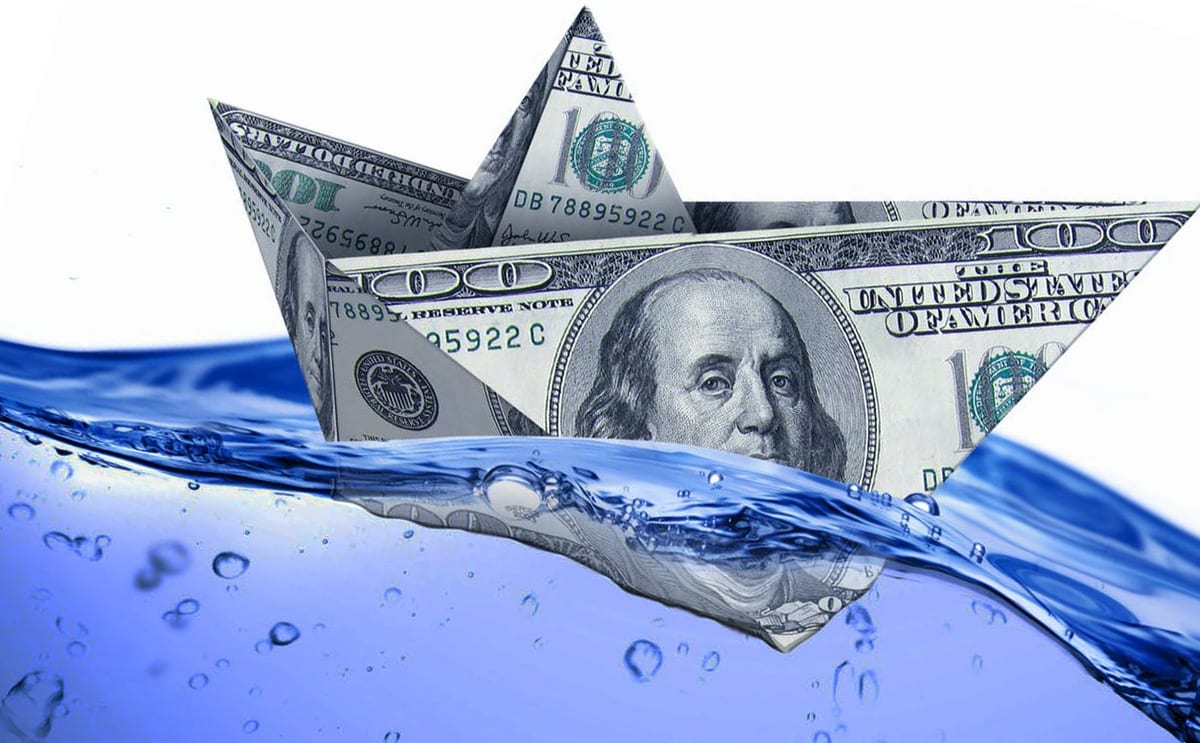
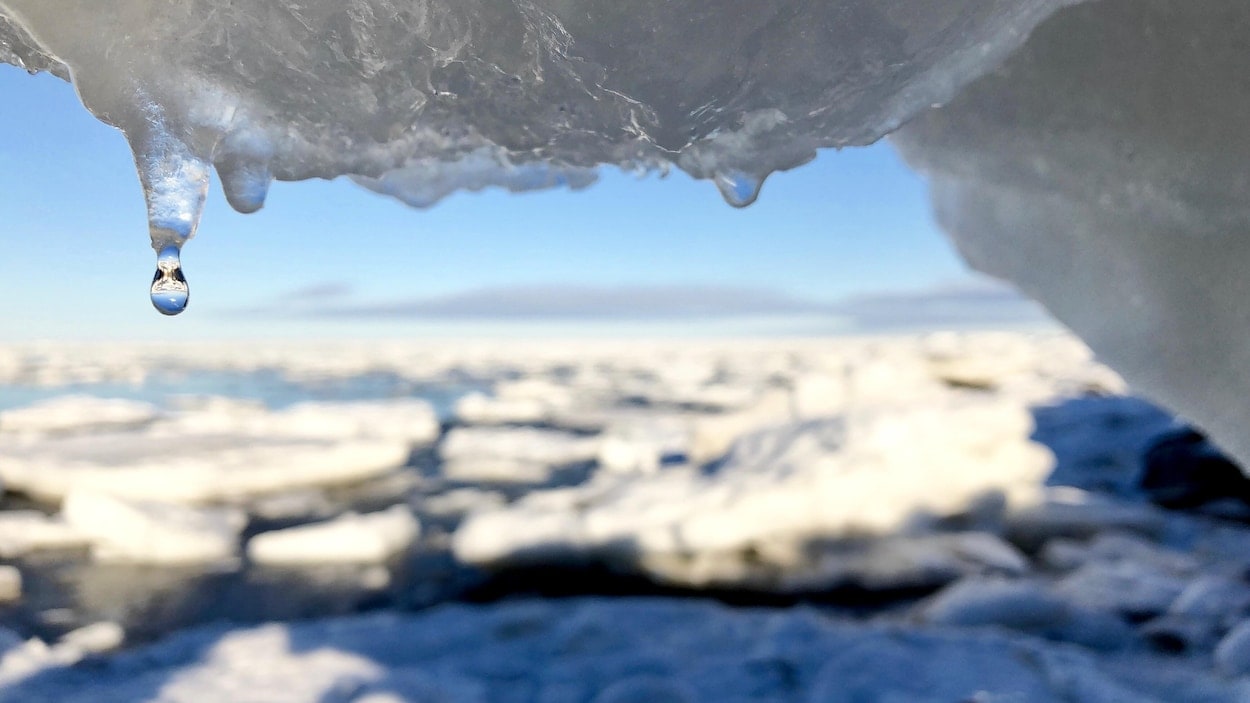
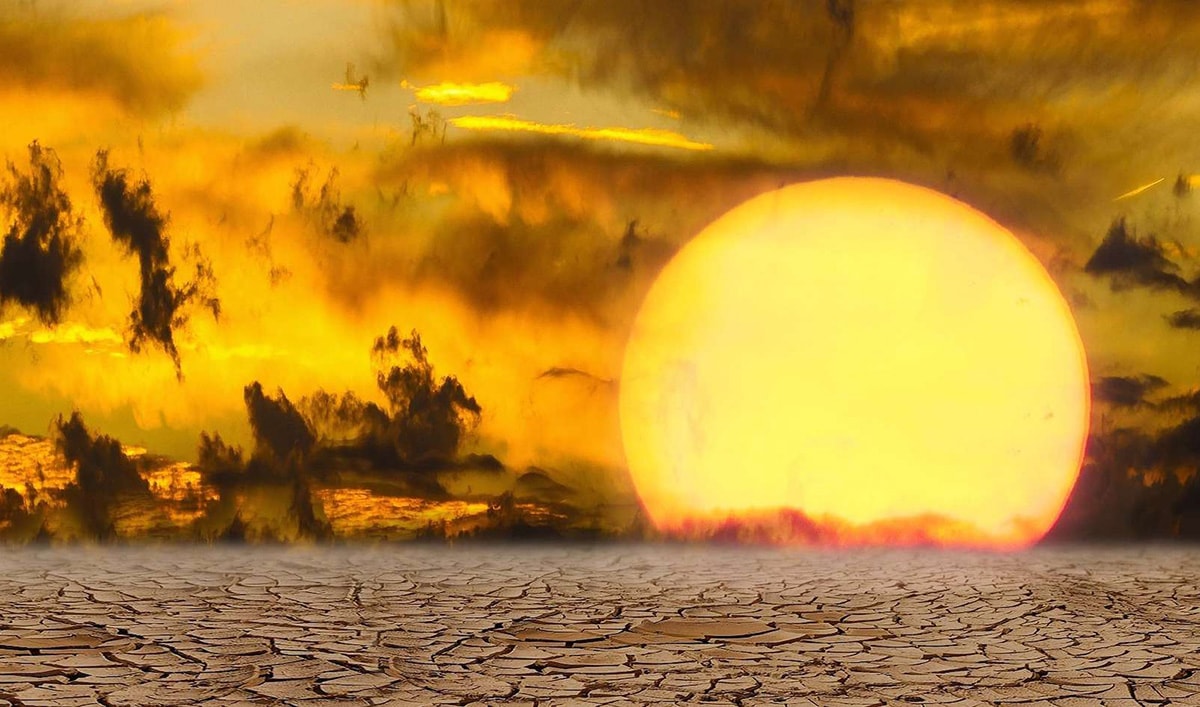

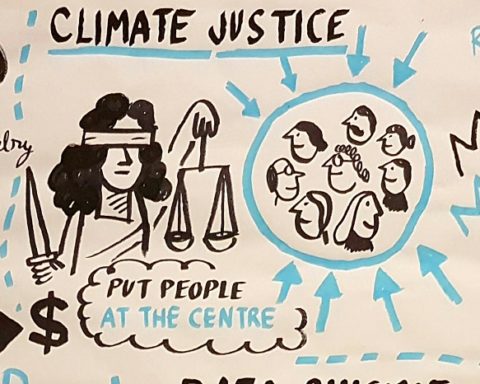
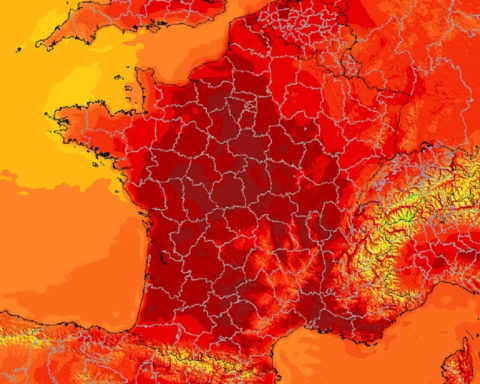






Hello. I am both grateful for the efforts made by some organizations to try to raise awareness among elites completely altered by "power" as described at the end of the article, by trying to speak their language, and at the same time alarmed by this choice. if this "pandemic" which is more an energy flow that tries to raise awareness than a real disease. (although the elites present it as a disease creating refusal of the mind and therefore everything we see, because they refuse to actually lose their power blah blah blah blah) If the earth, the cosmos, the unity,… Read more "